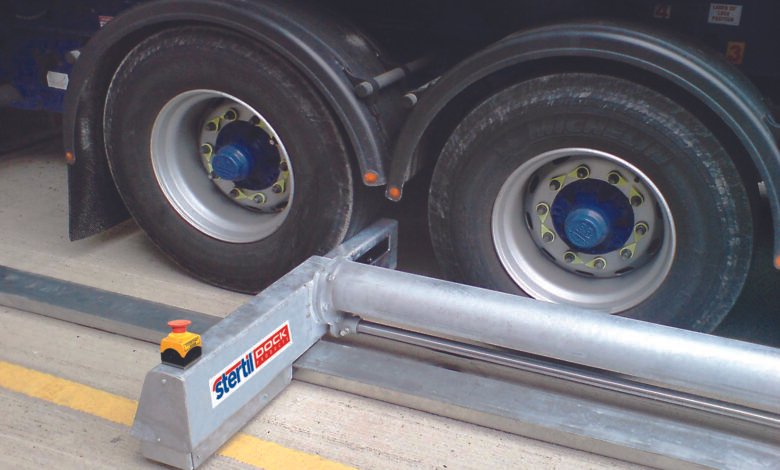Expert Tips on Installing and Maintaining a Wheel

Wheels are crucial components of any vehicle, ensuring smooth travel and reliable performance. Proper installation and maintenance are essential for safety and longevity. This article offers expert advice to help you manage your wheels effectively.
Understanding Wheel Basics
Before diving into installation and maintenance, it’s vital to understand what makes up a wheel. A typical wheel assembly includes the tyre, rim, hub, and fasteners. Each part plays a critical role in the vehicle’s overall functionality.
Choosing the Right Wheels for Your Vehicle
Selecting the right wheels involves considering the vehicle’s make, model, and intended use. For example, heavier vehicles require stronger wheels that can handle additional load. Also, consider the wheel material, such as steel or alloy, based on your regular driving conditions.
Installation Tips
Preparing for Installation
Ensure you have all necessary tools before starting the installation process. This includes a jack, lug wrench, and torque wrench. It’s also important to consult your vehicle’s owner manual for specific instructions.
Steps for Proper Wheel Installation
- Lift the vehicle: Use a jack to safely lift the vehicle off the ground.
- Remove the old wheel: Unscrew the lug nuts and remove the existing wheel.
- Check the components: Inspect the hub and fasteners for any signs of wear or damage.
- Position the new wheel: Align the wheel with the hub and screw in the lug nuts by hand.
- Tighten the lug nuts: Use a torque wrench to tighten the lug nuts in a star pattern to ensure even pressure.
Maintaining Your Wheels
Regular Inspection
Check your wheels regularly for any signs of damage such as cracks, corrosion, or warping. Early detection of these issues can prevent more serious problems down the road.
Tyre Pressure and Tread Depth
Maintain proper tyre pressure to ensure good contact with the road and prevent uneven wear. Also, monitor tread depth to ensure your tyres remain safe and legal for road use.
Cleaning and Care
Effective Cleaning Techniques
Regularly clean your wheels to remove dirt, grime, and brake dust that can corrode the wheel surface. Use a mild soap and water solution, and avoid harsh chemicals that can damage the finish.
Protection and Enhancement
Apply a quality wheel protector to help shield the surface from dirt and reduce brake dust buildup. This can also enhance the wheel’s appearance, keeping it looking new.
Troubleshooting Common Wheel Issues
Vibration and Alignment Problems
If you experience vibration while driving, it may be due to an imbalanced wheel. Have your wheels balanced by a professional. Also, ensure your vehicle’s alignment is checked regularly to avoid uneven tyre wear and handling issues.
Professional Help
When to Seek Professional Assistance
For complex issues like severe wheel damage or alignment problems, it’s advisable to seek professional help. Certified mechanics have the tools and expertise to diagnose and resolve wheel-related issues efficiently.
By following these expert tips, you can ensure that your wheels are properly installed and maintained, contributing to your vehicle’s safety and performance. For more detailed information on wheel maintenance, check out our wheel guide.




